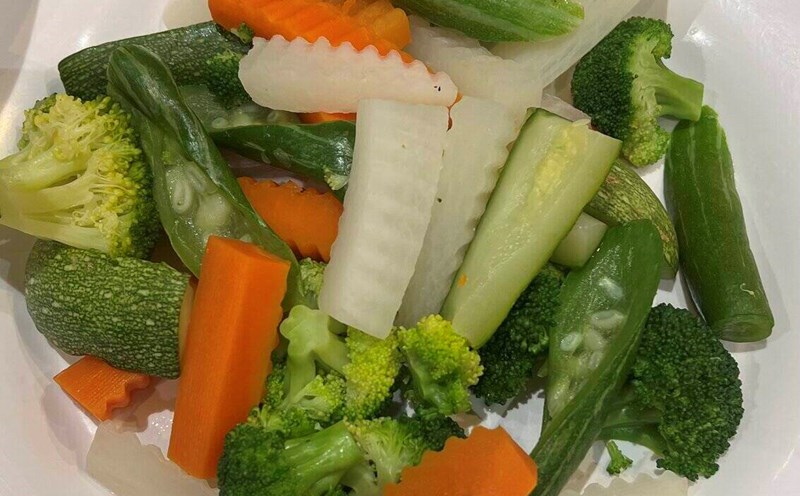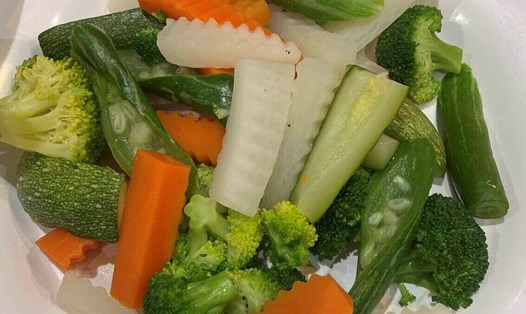White rice and other beans
Eating black beans, green beans, lentils... with rice can significantly reduce the blood sugar response after meals.
This is because beans are a low glycemic index food, containing significantly more resistant starch than refined white rice. They are also rich in fiber, plant protein, and other components. Using them to replace a portion of white rice can help control blood sugar better.
White rice and oatmeal
When whole grain oats and hulled oats are mixed with rice in a 1:1 ratio and cooked, the glycemic value is significantly lower than that of white rice.
This is mainly due to the beta-glucan in oats, a kind of water-soluble fiber, which can absorb water and swell. It also has high viscosity after absorbing water, which can delay the emptying of food in the stomach and slow down the digestion of food in the stomach. Slow down digestive enzymes, hydrolyze carbohydrates, inhibit the diffusion and absorption of glucose
White rice and brown rice
Brown rice is surrounded by a layer of grain coat, which not only prevents water from entering but also hinders the expansion of starch granules, thereby reducing the degree of gelatinization.
The rich fiber content of brown rice can enhance satiety and appetite, delay gastric emptying, thereby reducing the risk of postprandial gastric emptying response. High anti-nutritional factors such as phytic acid, polyphenols... in the outer layer of the grain can also be the cause of slowing down starch digestion and reducing blood sugar response.











